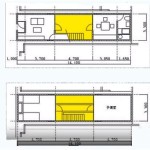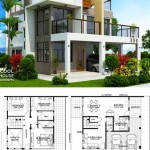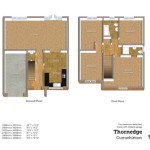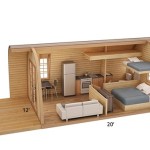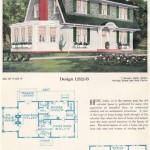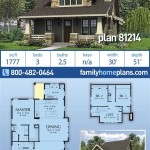Prefab House Plans Ontario: Your Path to a Dream Home
Prefabricated homes, commonly known as prefab houses, have gained immense popularity in Ontario, offering an array of advantages to homebuyers. These homes are meticulously constructed off-site and then transported to the desired location for assembly, providing a host of benefits that traditional home building often neglects.
Prefab house plans in Ontario are meticulously designed to meet the unique needs of today's homeowners. With customizable floor plans and exterior designs, prefab houses offer the freedom to craft a home that truly reflects your style and lifestyle. From contemporary to traditional styles, the possibilities are endless, ensuring that your prefab house is a perfect fit for your aspirations.
One of the primary advantages of prefab house plans Ontario is their superior energy efficiency. These homes are constructed with state-of-the-art materials and techniques, resulting in exceptional thermal performance. Advanced insulation systems and energy-efficient appliances contribute to reduced energy consumption, offering significant savings on utility bills while promoting sustainable living.
Prefab houses are renowned for their exceptional durability and resilience. Constructed from high-quality materials and assembled with precision, these homes can withstand various environmental conditions, providing peace of mind for years to come. Enhanced structural integrity ensures protection against extreme weather, guaranteeing a secure and comfortable living environment.
Time is a valuable commodity in today's fast-paced world. Prefab house plans Ontario offer a significant advantage in terms of construction speed. Unlike traditional home building methods, prefabrication allows major components of the house to be constructed simultaneously off-site. This streamlined approach reduces on-site construction time, enabling you to move into your dream home sooner.
Prefabricated homes are not only aesthetically pleasing but also meticulously designed to maximize space utilization. Thoughtful floor plans and clever storage solutions ensure that every square foot of your home is utilized efficiently. This space optimization creates a comfortable and functional living environment, eliminating the limitations often associated with smaller homes.
If you are considering building a new home in Ontario, prefab house plans offer a multitude of advantages. From energy efficiency and durability to construction speed and space optimization, prefabricated homes provide a compelling alternative to traditional home building methods. Explore the range of prefab house plans available in Ontario today and embark on the journey towards your dream home.

Prefab Homes Ontario Floor Plans Builder Reviews

Innovative Ready To Move Prefab Homes Nelson

Modern Prefab Home Sanctuary Homes Ontario

Dreamy 2 Bedroom Prefab Cottage Plans You Can Build In Ontario Royal Homes

Prefab Homes Ontario Prefabricated With Modular Options Myowncottage Ca

Innovative Ready To Move Prefab Homes Nelson

7 Modern Prefabricated Home Designs You Can Build In Ontario Royal Homes

Prefab Homes Modular Bonneville

Modular House Plans Nelson Homes

Prefab Homes Ontario Prefabricated With Modular Options Myowncottage Ca

